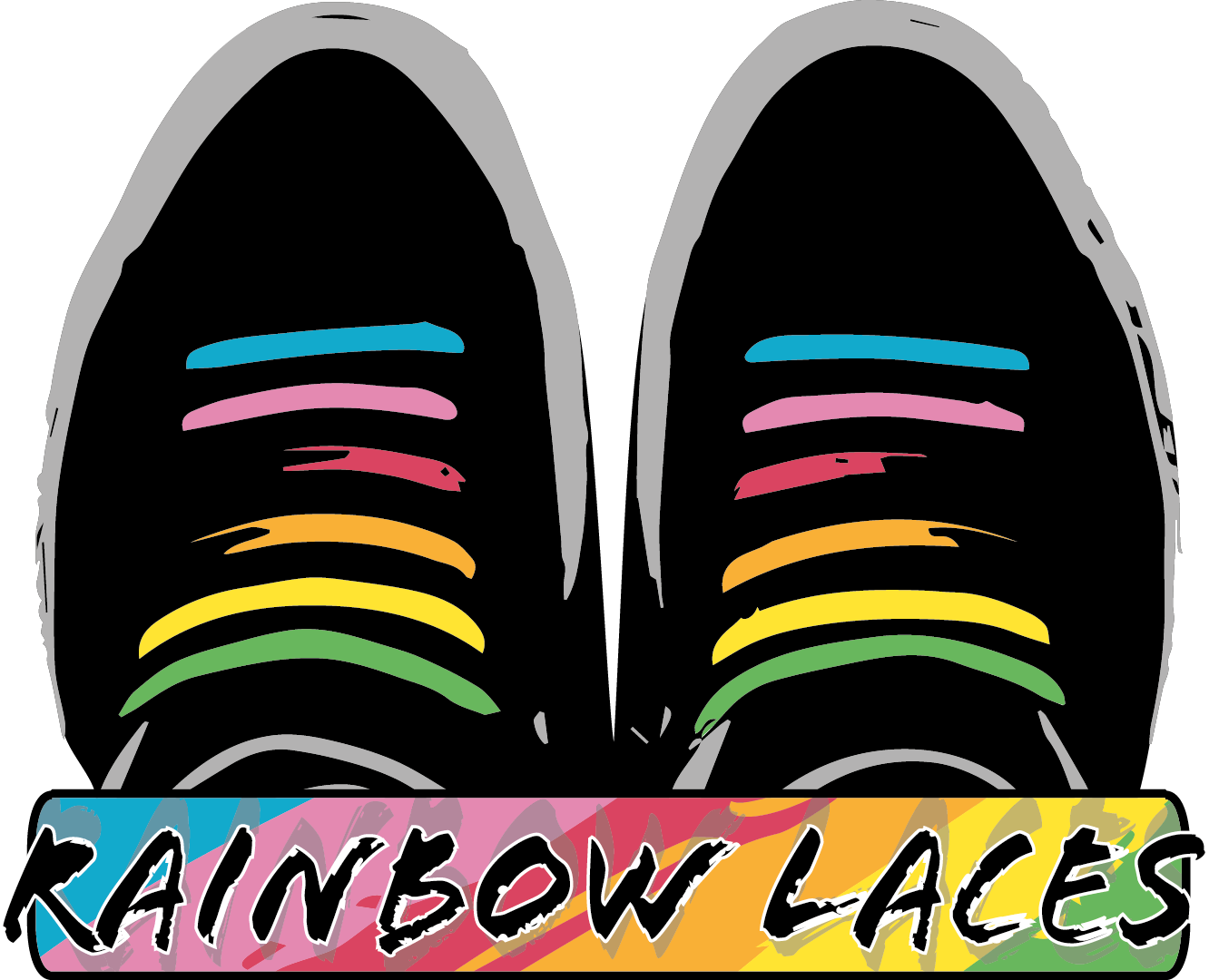The Death of Effort: Why Curation, Not Toil, Defines Art
Creativity isn’t a hobby for me—it’s how I engage with the world, how I make sense of it.
For as long as I can remember, I’ve been driven to create. I’ve written, produced music, filmed, painted, cooked, and more. Creativity isn’t a hobby for me—it’s how I engage with the world, how I make sense of it. But for much of my life, that drive clashed with the limitations placed on me. My relationship with education was always paradoxical: I loved learning—it’s central to who I am—but the teaching often got on my tits.
JP, you’re an A* student, but you’re going to fail if you don’t improve your handwriting.
I first sat in front of a computer keyboard 35 years ago, and it changed everything. With it, I could type instead of write, experiment with sound, edit video, and code. It opened up worlds of possibility. But when it came to school, the computer might as well not have existed. Exams, essays, homework—it all came back to handwriting. My handwriting wasn’t good enough. Now I know I can call it Dysgraphia, but back then, there was no label, no understanding. My teacher summed it up perfectly the day I decided to leave school at 14: “JP, you’re an A* student, but you’re going to fail if you don’t improve your handwriting.”
School only gave me one way to express what I knew: a pen. And I just couldn’t do it.
I’d been “failing” to write for a decade by that point, so the odds of suddenly getting my shit together in time for GCSEs felt slim. That’s when I walked away. It wasn’t that I didn’t love learning—it’s that formal education’s narrow demands were suffocating me. Creativity was how I made sense of the world, but school only gave me one way to express what I knew: a pen. And I just couldn’t do it.
We value art for its resonance, its connection, its impact—not the grind it took to make it.
That’s why I struggle to understand the backlash against AI in art and creativity. To me, it feels familiar—a new tool, like the computer was for me back then. Yet many people cling to this outdated belief that effort alone gives art its value. For centuries, we’ve mythologised the tortured genius—the artist who must suffer, struggle, and sweat for their work to be meaningful. But does anyone stand before Starry Night and think about how many brushstrokes Van Gogh painted? Or watch Alien and tally Ridley Scott’s sleepless nights? Of course not. We value art for its resonance, its connection, its impact—not the grind it took to make it.
Creativity isn’t about brute force; it’s about decisions. Art is curation.
Effort does matter, but not for its own sake. Creativity isn’t about brute force; it’s about decisions. Art is curation. When I sit down to make music, I’m constantly choosing: which ideas to develop, which elements to discard, which details to refine. Even when Van Gogh painted, he wasn’t just wrestling with chaos; he was curating meaning. His effort wasn’t about endless toil—it was about shaping something resonant.
AI is not the death of effort—it’s a shift in where that effort is spent.
AI tools amplify this process. They don’t replace creativity—they expand it. Like a synthesizer or video editing software, AI offers new ways to extrapolate, improvise, and surprise. Yes, it’s more autonomous, but the artist remains in control, curating its output and shaping it into something meaningful. It’s not the death of effort—it’s a shift in where that effort is spent.
AIs are not plagiarists—they’re tools, drawing from a well of inspiration much like humans do.
The backlash often focuses on authorship and exploitation. Critics argue that AI is inherently stealing because its models are trained on vast amounts of existing work. But this misunderstands how these systems function. AI models don’t store or replicate individual works; they abstract patterns, distilling them into mathematical weights and biases. They’re not plagiarists—they’re tools, drawing from a well of inspiration much like humans do. I don’t consciously remember every influence that shapes my art, but those echoes are there. The ethics of using artists’ works to train AI deserve scrutiny—if their labour contributes, they should be recognised and compensated. But this is a practical issue of fairness, not a reason to reject AI outright.
AI challenges the myth of effort-as-value, inviting us to reconsider what art is truly about: meaning, connection, and resonance.
When I first started creating with computers, people were questioning whether art made with machines was “real.” Yet I know firsthand how transformative tools can be. They don’t diminish creativity; they unlock it. AI challenges the myth of effort-as-value, inviting us to reconsider what art is truly about: meaning, connection, and resonance.
When I sit down to create, I’m not thinking about how hard I worked—I’m thinking about what I want to say.
Letting go of the idea that grind defines art is liberating. It allows us to focus on what truly matters. When I sit down to create, I’m not thinking about how hard I worked—I’m thinking about what I want to say. Whether sculpting marble, curating AI outputs, or composing a song, art isn’t measured in hours or suffering—it’s measured in impact. AI doesn’t diminish art; it reframes it. It reveals what was always true: the value of creativity lies not in the effort spent, but in the meaning made. Just as the computer has shaped my life since childhood, AI opens new doors. It doesn’t replace the artist—it amplifies them. And that’s a future I’m ready to embrace.
